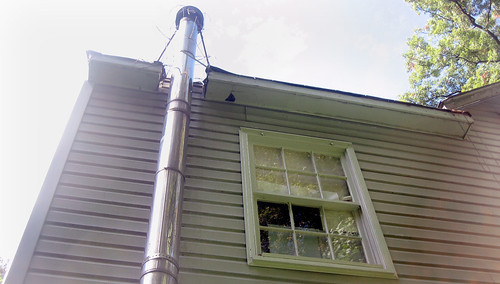As cute and adorable as raccoons might appear, they are notorious for causing notable destruction. These masked bandits, equipped with nimble fingers and a keen sense of curiosity, are known to break into homes, gardens, and outbuildings, leaving a trail of wreckage in their wake. If you’ve experienced raccoon damage and are looking to restore your area to its former glory, read on. This informative article will take you through concrete steps on how to repair damage caused by raccoons and prevent future occurrences.
Assessing the damage is the initial step in the repair process. Racoons, being opportunistic creatures, are attracted to a variety of places in your home. They might damage the roof while trying to gain access to your attic, leave scratch marks on wooden structures, ruin insulation material, chew through electrical wires or even leave droppings, which poses a health risk. Before you begin repairs, it’s essential to evaluate the extent of the damage. More significant, structural damages might require professional help like roofing or electrical experts, while minor ones like scratch marks, small holes or damaged insulation may be fixed using DIY methods.
Repairing Damaged Roofs and Attics
If raccoons have damaged your roof or attic, it’s paramount to address this swiftly to prevent further damages from water leaks or insulation loss. Start by removing damaged or loose shingles and replace them with new ones. Make sure to clean the area thoroughly before adding a new shingle and use enough roofing cement to ensure the shingle stays in place. In cases where raccoons have chewed through wooden beams in the attic, it is necessary to replace or reinforce these beams to maintain the structural integrity of your home. Incorporate the use of a wood hardener and a putty knife to fill in small holes. Apply a coat of sealant or paint for a finishing touch and to deter future raccoon incursions.
Mending Damaged Gardens and Lawns
It’s no secret that raccoons have a knack for creating a meticulous mess of gardens and lawns in their pursuit of food. If raccoons have excavated your yard, start the restoration process by smoothing the surface with a lawn leveler or rake. Scatter grass seeds over the raked areas and cover them lightly with soil. Water the spots regularly until the grass rejuvenates. To curb future digging expeditions, use deterrents. Raccoon deterrents range from ultrasonic emitters, motion-activated sprinklers, to non-toxic granules that have the scent of raccoon predators.
Fence and Property Damage
Repairing fences damaged by raccoons involves replacing damaged boards or posts and reinforcing weak sections. Depending on the material of your fence, you may have to use nails, screws, or even a good quality wood glue. Reinforce weak sections with support struts. If damage is extensive, you might have to consider replacing the whole structure, this time incorporating raccoon-proof elements such as electric wiring on top of the fence. In cases where the raccoons damage other property like flower pots, the best course of action is to replace them.
Conclusion
Dealing with raccoon damage can be frustrating and time-consuming, but restore operations need to be addressed promptly to prevent a recurrence or escalation of the damage. Engage professional help for comprehensive restoration or for damages that are outside your skill set. Prevention is also crucial in mitigating raccoon damage. Thus, while you repair the damage, devise strategies to make your home less attractive to these invaders. Take measures to secure your garbage cans, feed pets indoors, and close possible entry points, especially before nightfall when raccoons are most active.
window, living room (rear) – from outside – IMG_3685 (20111014)
By Claire CJS on 2011-10-14 13:23:28
